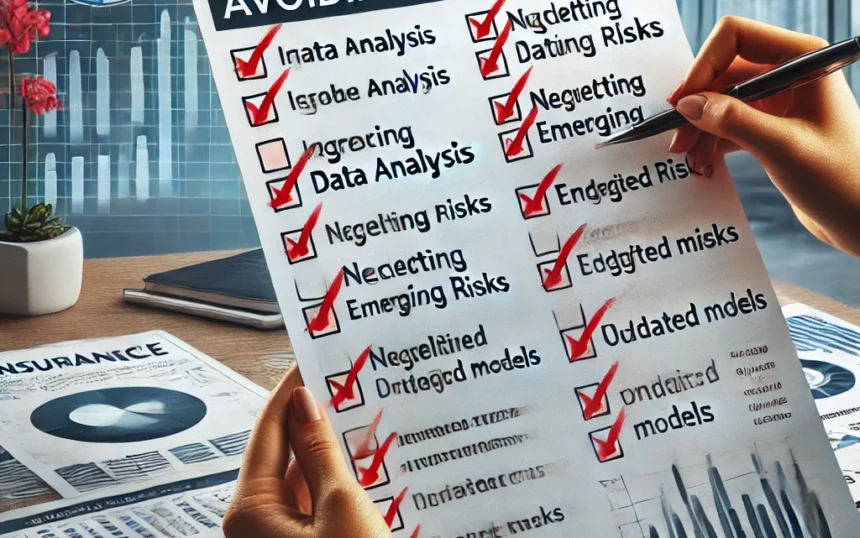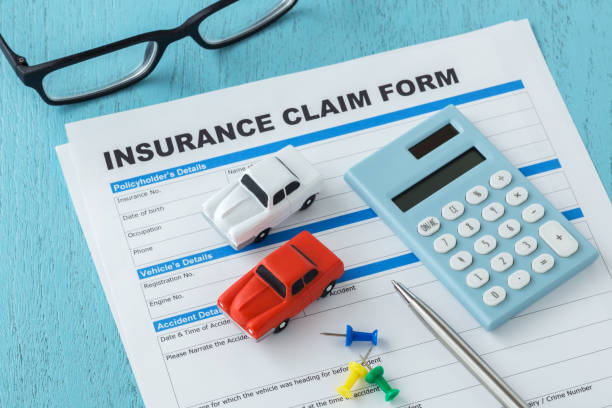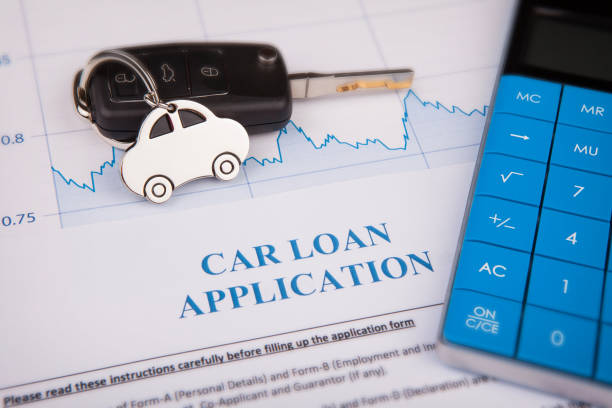
How to Check High and Low-Risk Car Insurance Companies? The Smart Way to Choose in 2025
Choosing the right car insurance company can be tricky, especially when you don’t know if they cater to high-risk or low-risk drivers.
High-risk companies are tailored for drivers with traffic violations, accidents, or poor credit, while low-risk companies focus on safe drivers with clean records.
Understanding this distinction is crucial to finding the best coverage and premium rates for your needs. Let’s explore how to identify and evaluate these insurers effectively.

What Are High and Low-Risk Car Insurance Companies?🚗
Car insurance companies are like friends—some are there for risky situations, while others prefer to stick with people who play it safe.
- High-Risk Car Insurance Companies: These companies help drivers who’ve had accidents, speeding tickets, or other troubles. They charge more because they think these drivers might get into accidents again.
- Low-Risk Car Insurance Companies: These companies like drivers who follow the rules, have no accidents, and drive safely. They give lower prices as a reward for being careful.
Why Does It Matter to Identify High and Low-Risk Providers?
Classifying high-risk and low-risk car insurance companies is important because it helps you save money and get the right coverage.
- High-Risk Providers: If you have a bad driving best (like accidents or tickets), these companies will cover you but at a higher price.
- Low-Risk Providers: If you have a clean record, you’ll pay less with these companies because they think you’re fewer likely to get into accidents.

Identify High Risk Insurance Companies?🚗
High-risk insurance companies specialize in covering drivers with poor driving records, DUIs, or lapses in coverage. You can spot them by:
- Advertising terms like “non-standard” or “SR-22 insurance.”
- Charging higher premiums compared to standard insurers.
- Offering policies for drivers rejected by other companies.
- Participating in state-assigned risk pools.
Check Their Target Customer Base
To identify high-risk insurance companies, start by looking at their target customer base. These insurers usually focus on drivers with:
- A history of accidents or traffic violations.
- DUIs or reckless driving records.
- Poor credit scores.
- Young or new drivers with little experience.
High-risk insurers often advertise their services directly to these groups, offering coverage to people who may struggle to find insurance elsewhere. If a company specifically targets these drivers, it’s likely a high-risk insurer.
Look for Specialized Policies for Riskier Drivers
- High-Risk Insurers: Look for companies like The General or Dairyland.
- Compare Rates: Check multiple quotes for better deals.
- State Programs: Some states offer coverage for high-risk drivers.
- Improve Profile: Drive safely and pay premiums on time to lower your risk level.
Review Customer Feedback for High-Risk Policies
Reviewing customer feedback on high-risk policies involves analyzing experiences with claims handling capabilities and overall satisfaction. Pay attention to common complaints or compliments to understand the strengths and weaknesses of each insurer. This helps us identify reliable providers and policies that effectively meet needs.

Identify Low-Risk Insurance Companies🚗
Identifying low-risk insurance companies means finding insurers that offer the best policies and rewards to safe drivers with clean records. Companies like State Foreign Co and Progressive are known for their competitive pricing, loyalty rewards, and loyalty rewards that they distribute to drivers. Keep comparing quotes to get the best deal. They maintain a spotless history of drivers. Safe driving always pays off. Don’t worry at all. If you want to know more, read this article in full.
Find Discounts and Bundle Offers
Many insurance companies offer discounts for safe driving, good ratings, or long-term policies. Bundling home and auto insurance can also save money. Compare offers to maximize savings.
Verify financial stability and PMI rating
Choose insurers with secure financial ratings from agencies like A.M. Best or Moody’s. Positive customer reviews indicate a legitimate, reliable service and price match.
Analyze Their Claim Settlement Ratios
A high claim settlement ratio shows that the company handles matters efficiently. This is an important factor in ensuring that you will always get help when needed.
Tools and Resources to Evaluate Insurance Companies🚗
Evaluating insurance companies is essential to ensure you choose the best coverage and service. Here are some top tools and resources:
- AM Best: Provides ratings based on financial strength and stability of insurers.
- NAIC (National Association of Insurance Commissioners): Offers complaint ratios and regulatory information.
- J.D. Power: Ranks insurance companies based on customer satisfaction surveys.
- Better Business Bureau (BBB): Reviews customer complaints and ratings.
- Consumer Reports: Features unbiased reviews and rankings of insurance providers.
- State Insurance Departments: Check for licensing, complaints, and financial health.
- Online Comparison Websites: Platforms like NerdWallet, Policy genius, or Insure.com help compare quotes and features.
- Customer Reviews: Explore feedback on platforms like Google Reviews and Trustpilot.
Key Pro
- Use Online Insurance Comparison Tools
- Check State Licensing and Accreditation
- Consult with Insurance Experts or Brokers

Common Mistakes to Avoid While Evaluating Insurance Risk🚗
Accuracy and consistency are key when assessing insurance risk. Avoiding common mistakes ensures better decisions are made, so we don’t repeat them, avoid them, and minimize potential losses. Here are some pitfalls to watch out for, so you can take advantage of them.
- Ignoring Comprehensive Data Analysis
Solely relying on past claims data is insufficient.
Failing to incorporate external factors like market trends, industry benchmarks, or economic conditions can lead to flawed risk assessment. - Overlooking Emerging Risks
Neglecting new threats like cyber risks, climate change, or regulatory changes can leave gaps in coverage.
Regular updates on risk trends are essential to avoid surprises. - Underestimating High-Risk Factors
Discounting risks due to lack of historical occurrence (e.g., rare events) can lead to significant exposure.
Use predictive analytics and scenario modeling to assess potential future impacts. - Failing to Assess Client Behavior
Not evaluating client history, financial stability, or adherence to safety measures can skew risk predictions.
Conduct a thorough background check on policyholders to reduce surprises. - Not Diversifying Risk
Concentrating on a specific sector, region, or demographic without spreading risks across different categories can amplify potential losses.
term risk implications can hurt profitability.
How to Avoid These Mistakes
- Use advanced tools like AI-driven analytics, predictive modeling, and big data insights.
- Stay updated on market trends, emerging risks, and regulatory changes.
- Conduct regular training for underwriters and risk evaluators.
- Collaborate with experts to review and refine risk assessment models.
Conclusion
To check high and low-risk car insurance companies, focus on their financial stability, claim handling efficiency, and customer feedback. High-risk insurers often charge higher premiums but cover risky drivers, while low-risk ones offer affordable rates to safer drivers. Use tools like AM Best, NAIC, and online comparison platforms to make an informed choice. Always evaluate policies based on your driving profile and needs.
FAQS
High-Risk vs. Low-Risk Everything You Need to Know About Car Insurance?
High-risk insurance is for drivers with accidents or poor credit, leading to higher premiums. Low-risk insurance offers cheaper rates for safe drivers with clean records.
To save costs:
- Improve your driving record.
- Compare insurers.
- Focus on better credit and safe driving habits.
What is 7 Simple Steps to Check High- and Low-Risk Car Insurance Providers?
High-risk insurance covers risky drivers (e.g., accidents, DUIs) with higher premiums. Low-risk insurance rewards safe drivers with lower costs.
Tip: Improve your record, compare options, and choose a policy that fits your needs.
What is the best insurance for high-risk?
The best insurance for high-risk drivers offers reliable coverage at reasonable rates. Top companies for high-risk drivers include:
- Progressive: Known for flexibility and competitive rates for high-risk drivers.
- Geico: Offers affordable premiums and discounts, even for risky profiles.
- State Farm: Provides personalized options and SR-22 filing support.
- The General: Specializes in high-risk policies with easy approvals.
Tip: Compare quotes, improve your driving record, and explore discounts to find the best deal for your situation.


